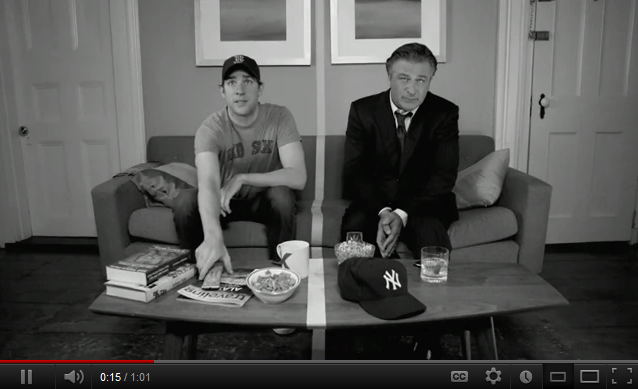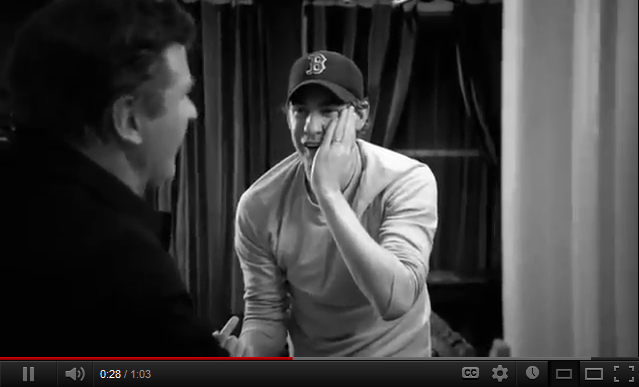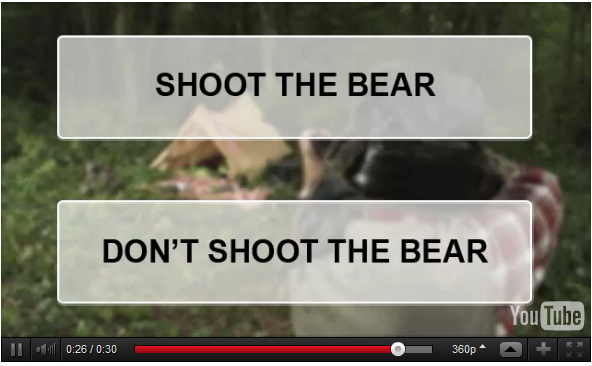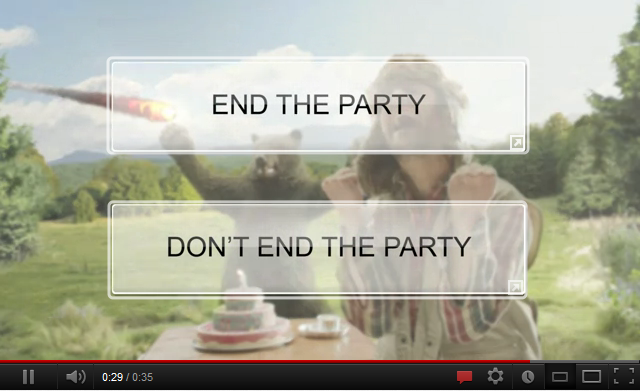How to Raise Price
June 25, 2012
Marketers are taught early on in their education that price should not be used as product differentiation. If a product is positioned correctly to the right audience, price (in an ideal world) will not be a factor in the purchase decision making process. While that concept sounds great in most Marketing textbooks, it largely ignores reality (and basic Economics). Consumers and businesses do have budgets and finite resources, and at some point reach a limit on what they can purchase.
Yet another, sometimes unaccounted for, reality is that customers are sensitive to price increases. Often times, companies who look to raise the price of their products put themselves at the unnecessary risk of losing long-term cash flow from their current customers (the ones that are generally the most profitable to maintain).
This Dilbert comic strip illustrates how some companies treat their customers when it comes to price:
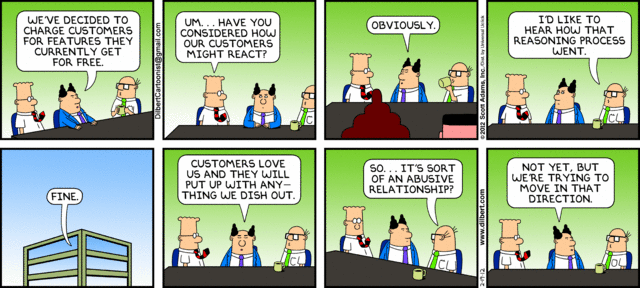
In response to this comic strip, below are a few tips I have picked up on over the years for companies (in markets where customers have different solutions at different price points to choose from) looking to raise prices for existing customers:
Yet another, sometimes unaccounted for, reality is that customers are sensitive to price increases. Often times, companies who look to raise the price of their products put themselves at the unnecessary risk of losing long-term cash flow from their current customers (the ones that are generally the most profitable to maintain).
This Dilbert comic strip illustrates how some companies treat their customers when it comes to price:

In response to this comic strip, below are a few tips I have picked up on over the years for companies (in markets where customers have different solutions at different price points to choose from) looking to raise prices for existing customers:
- Bring a unique product or service to customers that truly stands a chance at keeping a conversation focused on the advantages and benefits of that product or service...not on price. Customers will pay more for a product or service if they see the benefits of it when compared with the previous product or service
- Understand (and acknowledge if necessary) that customers do not have bottomless wallets: their resources (like yours) are finite. The trick with pricing is to understand current customers' individual economies and position the product or service as an opportunity that is well worth the price for their business or personal needs. Even after making such an effort, be prepared to lose long-time customers who don't have the ability to pay an increased price (even for a better product or service) if you are unable (or unwilling) to provide a discount
- When introducing a higher priced product, allow customers the option of purchasing the lower priced product for at least a temporary period. While their may be greener pastures with a higher priced product that appeals to different customers, it will take a good amount of time to find those customers and establish your brand within that market. Why not keep money pouring into the coffers in the meantime?
Posted by Joseph Mignano. Posted In : Marketing Strategy
